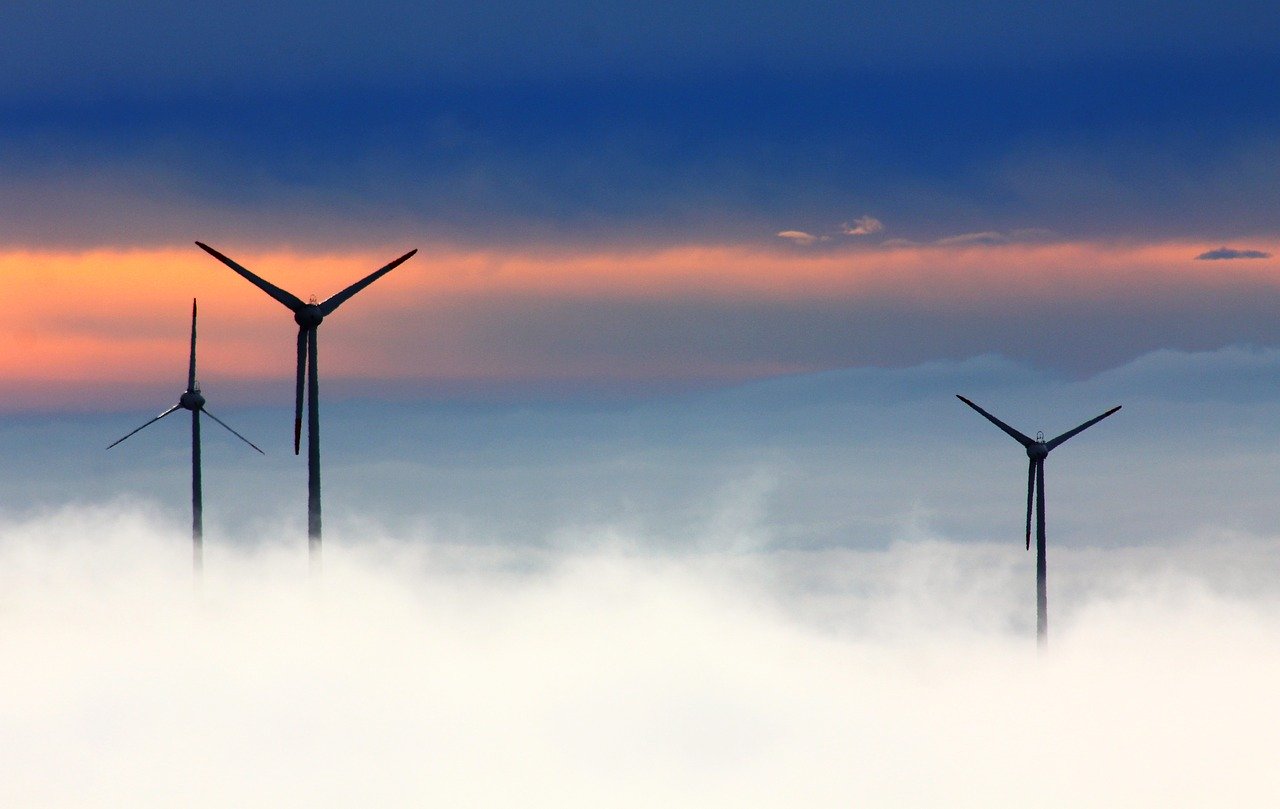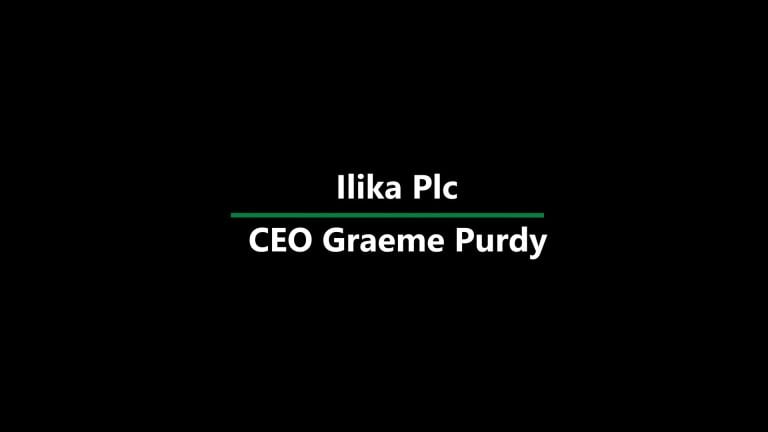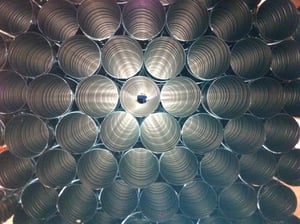Ilika plc (LON: IKA), a pioneer in solid-state battery technology, announced today it has successfully integrated its Stereax® solid-state battery in condition monitoring sensors placed on a test wind turbine blade at the Offshore Renewable Energy (ORE) Catapult facility in Blyth, UK. The trial, carried out in January 2020, concluded that energy harvested from the vibrations of the blade can charge a Stereax® M250 solid-state battery which can in turn power condition monitoring sensors and LoRa communication.
The global wind turbine market consists of over 300,000 wind turbines providing 600 GWh of renewable energy per annum. This is forecast to increase by 22.5% from 2018 to 2025 with annual market revenue generation rising to $30.5bn. The repair of turbine blades is very costly due to the difficulty of accessing the blades themselves: an average blade repair can cost up to $30,000 and a new blade costs, on average, about $200,000. Real-time monitoring of the blade’s health can help to avoid catastrophic events caused by delamination, cracks, impact or ice.
As part of the Innovate UK-funded development program “SmartBlade”, in collaboration with Titan Wind Energy, Ilika partnered with the Universities of Chester and Aston to design and construct an autonomous (i.e. self-powered) wireless sensor device which uses harvested energy from the vibration of the blade to increase battery life. The device has now been successfully tested in a real-life environment, i.e. a specially constructed test blade, of length 40m, placed in ORE Catapult’s facility. The tests confirmed the durability of the sensors in such hostile environments and yielded numerous useful data such as the best section of the blade to collect optimal wind-induced energy. Moreover, the test confirmed theoretical models showing that enough energy can be harvested from wind to charge a Stereax M250 sufficiently to enable full sensing and data transmission cycles every 10 minutes. Such a short interval is more than sufficient to provide real-time condition monitoring information of possible issues such as crack formation or component failure, enabling them to be fixed before incurring costly downtime and repair costs.
“Everyone at Ilika and our partners is really pleased with the success of this trial to evaluate data collection and energy harvesting” said Ilika CEO, Graeme Purdy.
“This condition monitoring concept can be applied to many different situations in large, diverse market segments, where structures are exposed to repeat stresses. Examples include aeroplanes, boats, buildings and bridges.”










































